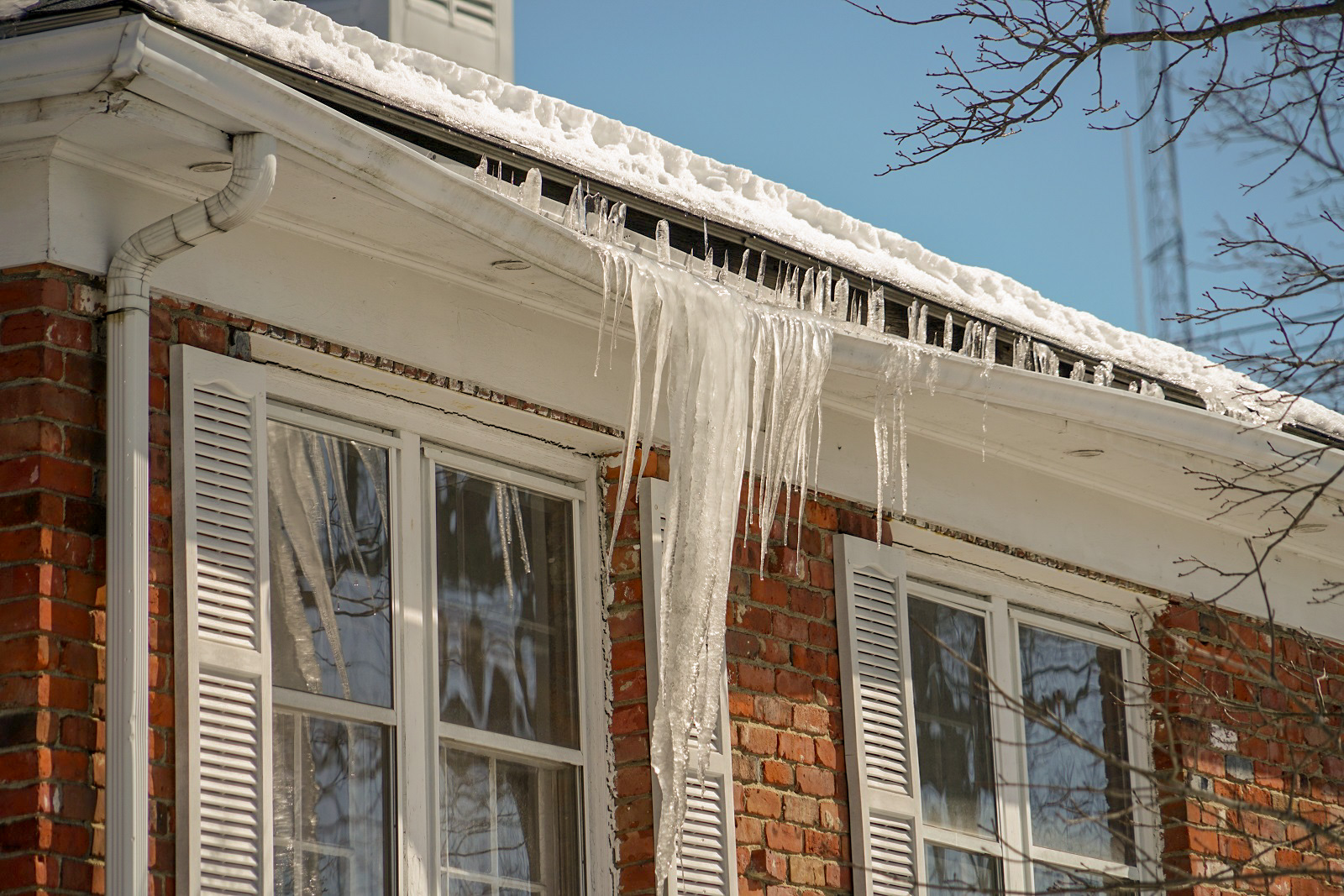 If the source of the water damage has already been addressed, you should quickly proceed by removing paintings or other objects on the wall. Follow up by removing moldings, baseboards and wallpaper. Opening windows and doors can help speed up the drying process. Professionals will utilize tools such as moisture meters, infrared imaging devices, dehumidifiers and fans to be sure the walls are truly dry before further repair, painting or refinishing.
If the source of the water damage has already been addressed, you should quickly proceed by removing paintings or other objects on the wall. Follow up by removing moldings, baseboards and wallpaper. Opening windows and doors can help speed up the drying process. Professionals will utilize tools such as moisture meters, infrared imaging devices, dehumidifiers and fans to be sure the walls are truly dry before further repair, painting or refinishing.
More information on drying out walls:
After a flood, pipe burst or any other event that causes water damage in your home, it is extremely important to dry out the walls as quickly as possible. Prompt drying will reduce the risk of structural damage and inhibit the growth of harmful mold.
First of all, you need to decide whether to handle the problem yourself or call a licensed contractor (the latter is strongly recommended if the walls are badly damaged). If you decide to do it yourself, here are some tips and guidelines:
1. If the water intrusion was caused by a burst pipe, turn the water source off. The broken pipe will need to be fixed by you or a plumber before any drying can take place. This should be done as quickly as possible.
2. Accelerate the drying process by opening windows and doors. Use fans to move air around the wet walls. Dehumidifiers can help remove moisture from the air, which indirectly removes it from the walls, also.
3. In order to accelerate moisture evaporation, remove all objects that are hanging on the wall, such as paintings or portraits.
4. Carefully remove molding and baseboards to prevent moisture from being trapped behind them. Store the molding in a dry, safe place to avoid damaging it.
5. If the walls are wallpapered, you will need to remove the wallpaper. This takes patience but is required as the wallpaper forms a “seal” that holds moisture in the wall. Wallpaper removal solutions are available at your hardware store which will dissolve the adhesive. You will need 3-6” broad knives to scrape the wallpaper once released.
6. Fully drying out walls takes time. Don’t rush the refinishing until the walls are completely dry (a moisture meter can help you be sure).
7. Once completely dry, you can reverse the process and begin to refinish your room. Inspect all items removed for any moisture or mold growth before re-installing.
Drying the walls rapidly and completely is critical. If you are not able to begin drying your walls immediately don’t let the problem get worse by waiting. Call a water damage remediation specialist and leverage their knowledge, experience and equipment. Most professionals have moisture meters, dehumidifiers, advanced air movers and other specialized equipment designed for the purpose.
If you need help, we’d invite you to contact PuroClean using our website or by looking up your local office.



 PuroClean of Orland Park
PuroClean of Orland Park